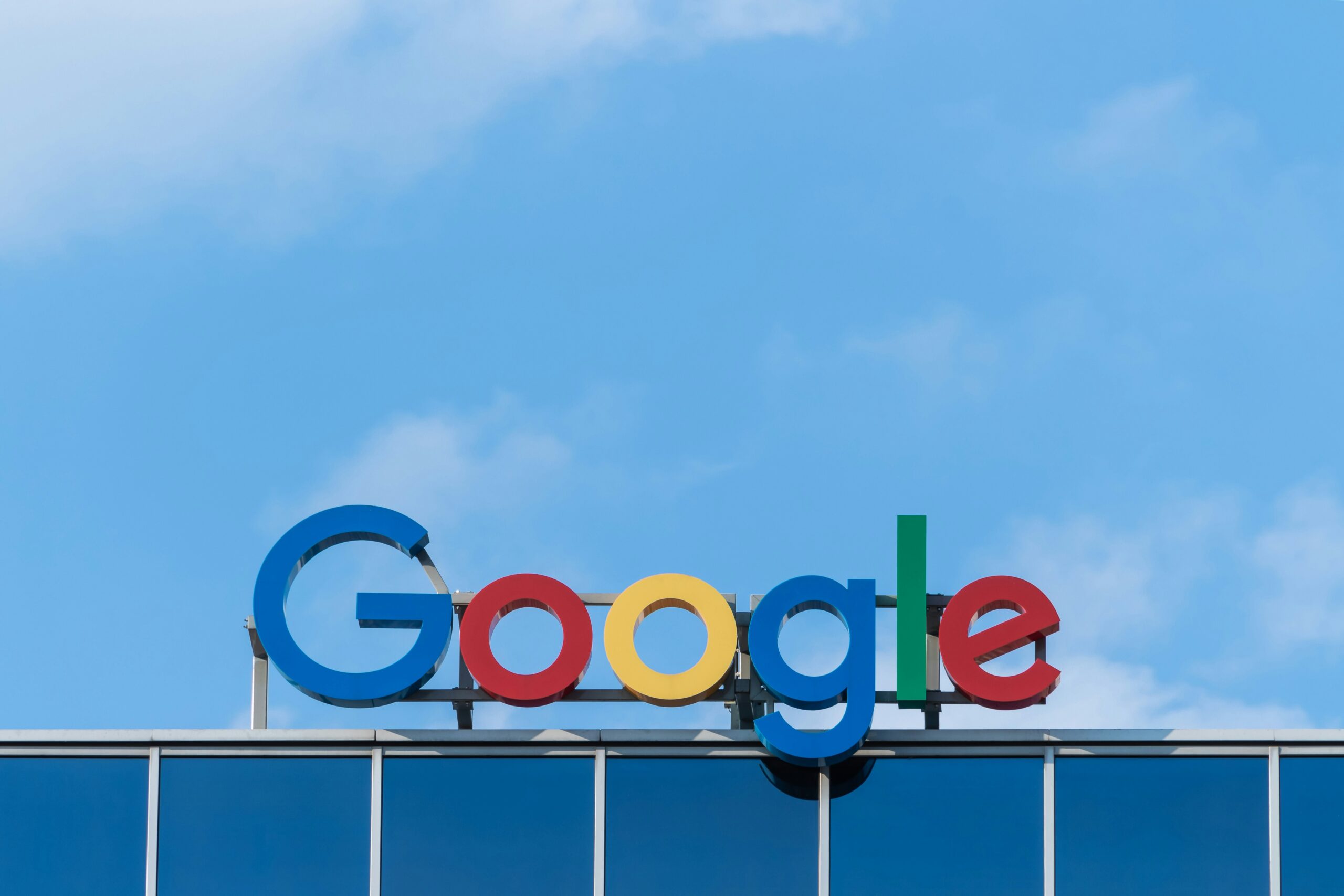Do you run marketing for a non-profit? In the last of this 5 part series on marketing to the different generations, we are diving into generational marketing for nonprofits. We will look at which generations are giving and how to best reach them.
If you want a refresher on the dynamics of each generation, read Generational Marketing Dynamics. Although not focused on nonprofits, in particular, you may gain insights by following the rest of the series also: Digital Marketing to the Generations, Generational Marketing for Faith-Based Organizations, and Generational Marketing for Businesses,
Which Generations Are Giving?
Just as in best practices for any for-profit business, you must identify your audience…or in this case your generation. Of the different generations (Traditionalists, Baby Boomers, Generation X, Millennials, Generation Z, and Alpha) all with the exception of Alpha all donate to charities and nonprofits. (Generation Alpha is the youngest generation and not in the position to donate yet) While Traditionalists may donate more money per person statistically, Baby Boomers donate the most money overall to non-profits. This does not mean you should focus your marketing efforts solely on Baby Boomers though.
Generation X is next in line under Traditionalists and Baby Boomers in giving statistics and donating an average of $732 annually per person. Millennials donate an average of $481 per person annually and Generation Z while their monetary donations are less they connect online more with charities than any other generation.
Which Generation is Your Target Generation?
Knowing that all generations give or are strongly connected online, how do you decide which is your target generation to market to? First, look at your demographics and who precisely is currently donating to your organization. Yes, you should market to them but as a nonprofit, you must also think long-term and market to the rising generations. Digital marketing for nonprofits must cast a wide net. After all, awareness of your organization’s mission and goals is key. Proper planning of a digital marketing strategy now can be key to continued donations years down the road. When planning your marketing for nonprofits you must think long-term.
Best Practices for Generational Marketing for NonProfits
To reach Traditionalists and Baby Boomers, focus your digital marketing on Facebook and Youtube as well as your email marketing. These generations gravitate towards these platforms as well as news media sites and blogs. Crafting great blog content that highlights your mission, sharing it in your email newsletter, and also on social media are best practices. If you are currently posting on social media once a month or even less, try posting once a week for 3-4 months and then analyze the data to see if engagement and/or donations increase.
To reach Millennials and Generation X, be sure to educate, educate, educate. While these generations do not currently hold much-giving power, their parents instilled confidence in them that their actions do make a difference in the world. They will be willing and enthusiastic to donate when they have the funds. Make sure your charity is one they know about and trust. These generations are active on all social media platforms. They value community and connection. Know that they will research your organization thoroughly before donating so begin now to gain trust in them by being authentic and showing the practical change your organization brings to the world. Campaigns that highlight the good your organization brings are impactful to them.
To reach Generation Z and Alpha, you should focus efforts on video. Youtube and TikTok are where these generations spend their time. They love to be entertained but also care fiercely about changing the world around them. If you present yourself properly to them by being true and authentic and showing that your organization is making a difference, they will be very loyal. Connecting with influencers and other supporters can garner large monetary support from these generations. Consider creating short clips that highlight your mission and the difference it makes in the world to share on social media. Do you have supporters that are active on youtube and TikTok that you could connect with to further your cause?
Simplify Your Strategy
As a nonprofit organization, you have a lot to handle. That is why creating a simple but effective digital marketing strategy is essential. To reach the majority of generations keep these practices in mind:
- Have a great user and mobile-friendly website that is easy to navigate.
- Be consistent on social media and share your posts across as many platforms as possible.
- Using a social media scheduler can help! (We love Sycamore Social ourselves.)
- Putting time and effort into quality blog posts that can be shared in email marketing and on social media is worthwhile. (One content piece that is shared in multiple ways!)
- Quality videography is important and worth investing in.
- Consider offering monthly donations to younger generations over one-time gifts. They appreciate loyalty programs and monthly subscriptions.
- When sharing across multiple platforms, consistent branding is key. Take some time to create a unified brand strategy.
- Consider partnerships with others and guest postings on your blog.
- Get help if you need it. While many nonprofits may believe they cannot afford digital marketing help, you may realize in today’s digital age that you can’t afford not to get digital marketing help!
We hope you have learned some helpful tips on generational marketing for nonprofits. As always Dogwood is here to help and would love to help you with creating a digital marketing strategy, quality web or blog content, videography, or email marketing. Contact us today to start a conversation.


